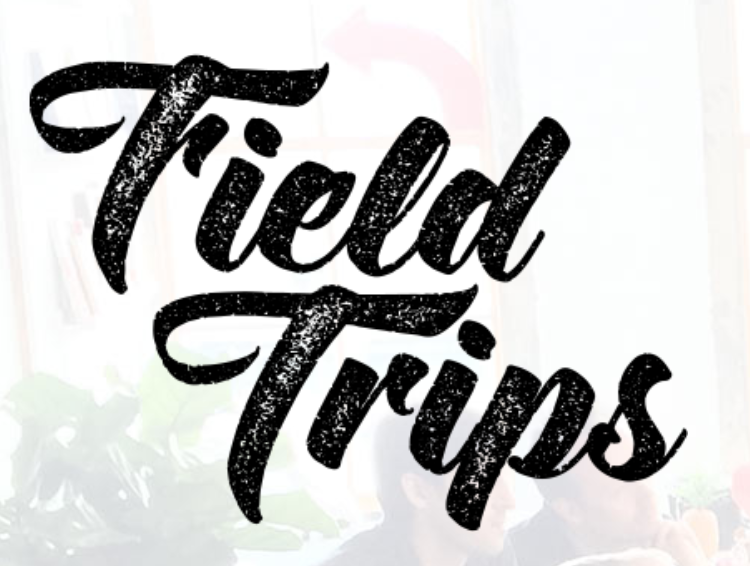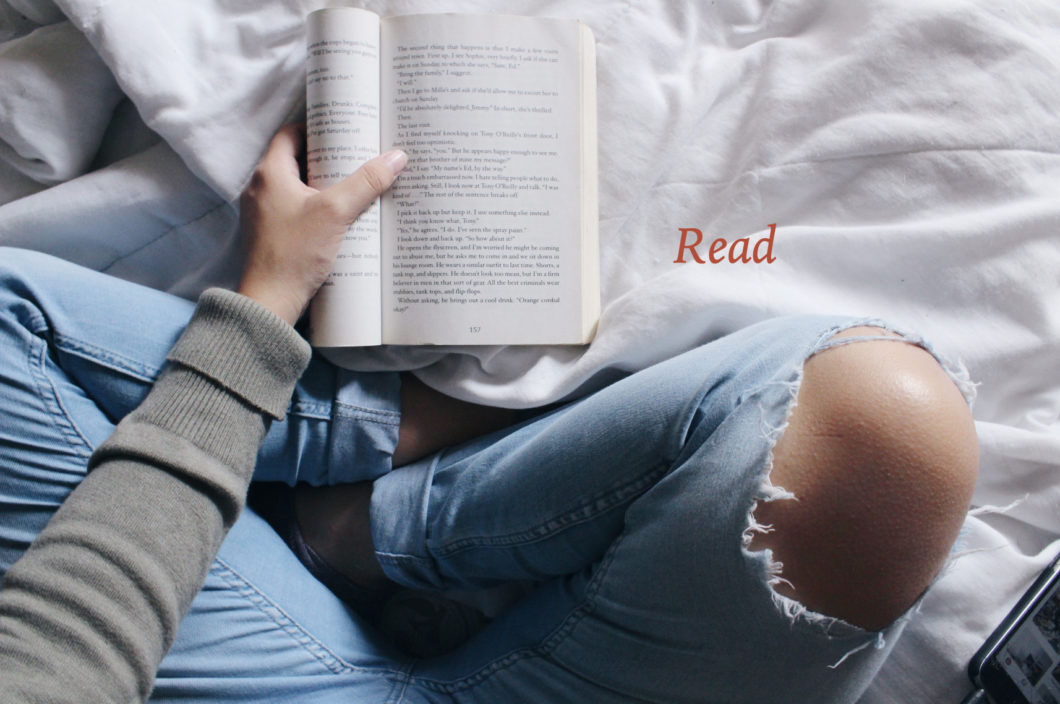Note: This article is part of a series highlighting the key components of a Personal Retreat Day. For the whole list, click HERE
Of all the valuable tasks that I perform every day, reading is way up there on the list of my most essential activities. Reading educates, informs, and expands one’s worldview. I try to start my day with a mug of coffee and about 20 minutes of non-fiction reading. (On my best days I also end my day with lighter reading, usually fiction). But it’s the non-fiction reading that really feeds my mind and fuels my productivity.
What types of books do I read? I strive for a mix of books: some on productivity/personal development, paired with inspirational/spiritual books. In the first category I’ve appreciated authors like Greg McKeown, Carey Neiuwhof, and Chris Guillebeau. The second category includes books by Ann Voskamp, Ryan Holiday, and Emily P Freeman. I also occasionally mix in books on topical issues that pique my interest and help me learn something brand new. For example, last year I read several books dealing with race such as Be The Bridge by Latasha Morrison, and I read a book on downsizing & decluttering by Peter Walsh called Let It Go.
PUTTING YOUR READING INTO PRACTICE
While daily reading sets me up for daily success, I like to spend time in Personal Retreat Days reading on a different level. In my daily reading, I often come across a book with great tips that I want to incorporate, but I don’t usually have time to put it into practice at the moment. Has this ever happened to you? You’re reading a book or article that includes a quiz or other activity and the author urges you to complete it right now before moving on.How many times do you actually stop and do the activity right then and there? If you’re like me, you say to yourself, “I’ll get to that later” and then forget about it forever. I’m rarely inclined to stop my reading flow to do the activity, even though I know it would be helpful. So what I’ve learned to do is stick a post-it note in the book when I come across a good practical idea, and I bring the book with me on my next PRD.
At the PRD, I’ll quickly skim the chapter to refresh my memory about the subject matter, then I spend some focused time doing the suggested activity. Let me give you an example of this from one of my favorite books, Essentialism by Greg McKeown. In Chapter 9, called Select: The Power of Extreme Criteria, McKeown includes a grid to analyze opportunities to help you be more selective in what to say “yes” and “no” to. He asks you to consider 3 minimum criteria for saying “yes” to the opportunity, followed by 3 extreme criteria. Unless all three minimum and 2 out of 3 extreme criteria are met by the opportunity, McKeown suggests that your answer becomes and automatic “no.” As a freelancer, I could immediately see this tool’s potential to help me weigh my options, but I could also see that it would require serious introspection to answer the questions honestly. I wanted more time to deeply consider what my criteria would be for me to say “hell yes” to only the most excellent freelance opportunities.
So, instead of ignoring the activity altogether, I slapped a post-it note on page 111 and kept reading. During my PRD, I skimmed Chapter 9 again to refresh my memory and then sat down with a pen & paper to map out my 3 minimum and 3 ideal criteria. Later I typed them into a Word doc so that when I get a call about a potential job, I can scan the criteria and see if the opportunity is a good fit before saying YES. (As an aside: although I still get an immediate pang of anxiety when I turn down a less-than-stellar opportunity, I have never once regretted my “NO’s” long term – and several times I have heard horror stories about the particular job from colleagues and congratulated myself for dodging a bullet!)
IF IT’S WORTH READING, IT’S WORTH READING THREE TIMES
Here’s a Pro-tip I learned about reading non-fiction effectively. To make the most of your reading, plan to read a book not just once, but three times. These three “reads” are based on the three stages of classical education: grammar, dialectic, and rhetoric. Another way of putting it is observation, interpretation, and application. (A wonderful guide to this method is found in the classic “How to Read a Book” by Mortimer J. Adler).
Here’s how I typically read, let’s say, a self-improvement book:
- Observation (grammar) stage. Ask yourself: “What does this book have to say?”
- Read the front & back jackets
- Look at the table of contents, read the preface/forward/introduction
- Leaf quickly through the book, noting the author’s style.
- Read a few pages from the first chapter (or the entire first chapter if short enough) to get a gist of it
This first pass-through takes about 10 minutes. It helps me determine if it’s worth continuing. I often do this while standing at the library bookshelves to decide if I want to check it out.
2. Dialectic (interpretation) stage. Ask yourself: “What does it mean?”
This is the longest, most focused reading. I typically read one chapter per day of a non-fiction book, and I do my best to do it in a time and place that minimizes distractions. I absorb what the author is communicating. I mark up significant passages with underlines, stars or highlighter if it’s my book – or I put post-it notes inside if it’s borrowed from the library or a friend. Sometimes I jot down great quotes from the book in my journal. My goal in this level of reading is to understand the author’s intent. What is he or she trying to communicate? What is the author striving to teach? What are the themes?
3. Rhetoric (application) stage. Ask yourself “What does it mean to ME?”
After reading the entire book carefully, I go back and review significant, teachable passages. That’s where all the markups and post-it notes come in handy. I usually do this during my Personal Retreat Day, when I have a lot of time to digest and apply what I’ve learned. I ask myself, “now that I’ve read this, what do I do with it?” If there’s an action item, this is the opportunity to put it into practice.
I’ll give you an example from Emily P. Freeman’s book “The Next Right Thing.” In one section of the book she suggests making two lists: A life-giving list and a life-draining list. The point is to look back over the past month and ask yourself to recall the events or tasks that renewed your energy, that gave you true joy and fulfillment, and list them. Then do the same with events and tasks that left you feeling depleted or depressed. When I read this book during my morning reading time, I didn’t have the time to do the exercise. But you can bet I put a post-it note for later, and I came back to it during one of my PRDs and did the exercise. Ever since then, I’ve tried to incorporate more from the “life-giving” list into my day to day routine, and minimize “life-draining” items as much as possible by delegating them to others or even eliminating them altogether.
I hope these tips have been helpful, whether you are already a voracious reader or need inspiration to jump start a new reading habit. There are thousands of great books out there – please share your favorites with the PRD community on my Facebook page

Join me LIVE online on March 17 at 11am EST for a Creative Mornings Field Trip! It’s free! Registration opens soon but you can Pre-Register NOW by sending me an email at wende@personalretreatday.com

